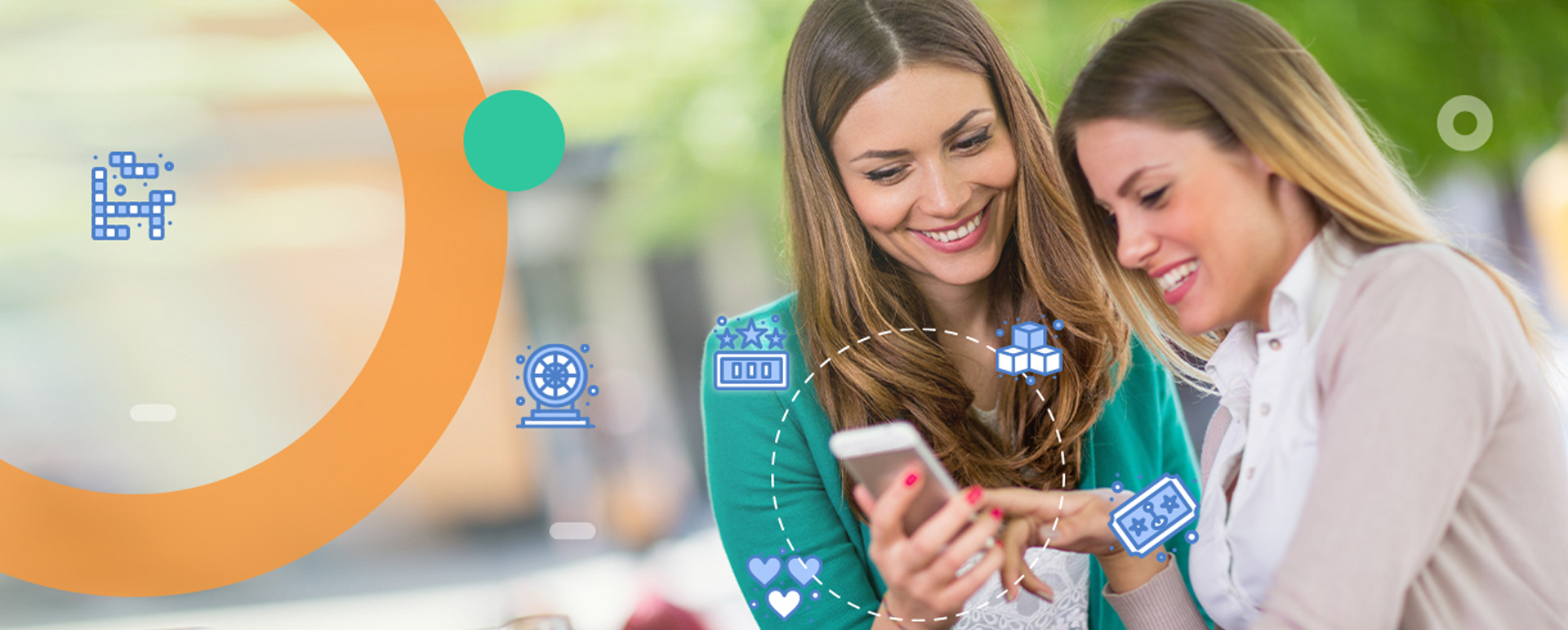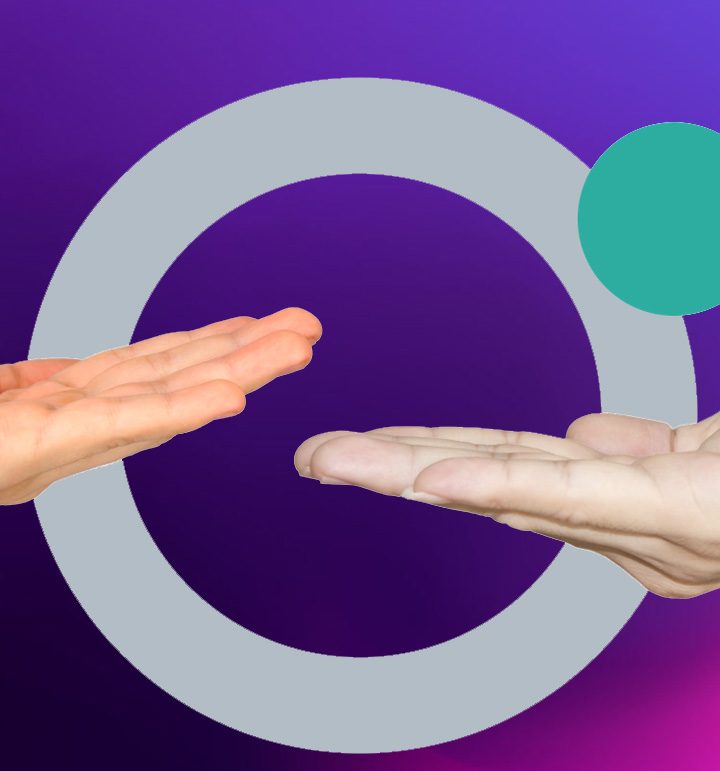STEVE ROGERS / 8 MARCH 2024
After another turbulent year, we have really seen how important every marketing penny is. But relying on traditional marketing techniques won’t move the needle.🪡 You need marketing strategies that directly impact sales. Marketing investments need to start paying back.
And that’s where gamification in marketing comes in. You might be thinking; “how do you translate fun and games into tangible business results?” “And how do you use gamification to unlock new revenue streams?”
That’s exactly what we’ll unpack. In this blog, we’ll explore how gamification can enhance customer lifetime value, encourage upselling and cross-selling, and be seamlessly integrated into your sales funnels for maximum impact.
Let’s go!
Revenue-generating marketing gamification strategies💸
With Gartner’s annual CMO spend survey reporting that average marketing budgets were still down in 2023 and set to continue at post pandemic lows, marketers know their activities need to translate directly into bottom-line results.🫰
In fact, more than 70% say their enterprise lacks sufficient budget or resources to successfully deliver its marketing strategy. Plus, 75% say that their enterprise is asking them to do more with less, and 86% report that they’re under pressure to make significant changes to how marketing works to achieve sustainable results.
The good news is gamification in marketing is no longer just an engagement tool, it’s a potent driver of revenue. And it needn’t be a long-term play either. According to Hewlett-Packard, gamification helped them to boost revenue by 30-42% in two consecutive months.
This sentiment is echoed by 3radical client Essilor, who saw a 10% increase in sales, 20% increase in engagement, and 5300 unique data points captured. (We’ll cover more about the impact of this kind of data later.)
Far from being something ‘new’ and untested, it is actually one of the most measurable and accountable forms of marketing.
Not only that, but audiences now expect an immersive experience when engaging with brands, meaning it is no longer just a ‘nice to have’, it is essential.
Understanding the revenue impact of gamification
One of the major benefits of gamification is its unique capacity to influence consumer behaviour.
It’s not just about points, badges, or leaderboards; it’s about integrating these elements in ways that subtly nudge customers towards making a purchase.
This approach transforms the customer journey into an engaging game, where every interaction feels like a step towards a rewarding experience. The psychology behind this is simple yet powerful: when customers enjoy the process, they are more likely to invest in the product or service.
Advanced strategies for monetising gamified experiences
The key to monetising gamification lies in crafting strategies that seamlessly blend game mechanics with purchasing opportunities. For example, implementing a points system where points equate to discounts or special offers can encourage repeat purchases.
Another effective strategy is embedding gamified elements directly into the purchasing process, making the act of buying, itself, an engaging game. These tactics not only enhance the customer experience but also drive sales, turning engagement into a tangible revenue stream.
Aligning gamification with business goals
Marketers are increasingly stretched to deliver not only marketing, but research, product analysis, customer service, and more. That’s why aligning gamification strategies with business objectives is crucial.
Every gamified element should be multi-purpose:
- to contribute to the company’s bottom line
- to entertain and engage the customer
- and generate customer data.
This means carefully designing each aspect of the gamified experience to ensure it leads the customer not just to the next level in a game but closer to making a purchase. And designing each experience in a way that generates first-party and zero-party data.
It’s about creating the right balance where business objectives and customer satisfaction are both winners.
Enhancing Customer Lifetime Value (CLV) through gamification📈
When it comes to using gamification to boost the bottom line, enhancing CLV is a good place to start. Gamification offers a novel approach to not only attract customers but also retain them over time, thereby increasing their lifetime value.
Here are two key ways gamification can be a game-changer in maximising CLV:
#1: Build long-term customer relationships with gamification
The essence of increasing CLV lies in building and maintaining long-term customer relationships. Gamification does this by creating an ongoing, interactive experience.
For instance, loyalty programs that use gamification keep customers engaged and motivated to return. By turning each purchase or interaction into a chance to earn points, badges, or unlock special rewards, customers are encouraged to stay connected with the brand.
#2: Leveraging tiered reward systems to encourage repeat purchases
A tiered reward system is an excellent gamification strategy to boost CLV. By offering different levels of rewards based on customer interaction or purchase history, customers are incentivised to move up the tiers.
This not only encourages repeat purchases but also creates a sense of achievement and exclusivity. For example, higher tiers could offer more substantial discounts, exclusive products, or special services, adding tangible value to the customer’s continued patronage.
In this way, gamification can be strategically used to not just attract customers but to create lasting relationships that enhance their lifetime value.
Using gamification to upsell and cross-sell🔀
Gamification isn’t just about drawing customers in; it’s a strategic tool for encouraging them to explore and purchase more. Of course, upselling and cross-selling are integral to revenue growth, but when gamified, these tactics become more effective and engaging.
Let’s look at how you might put this into action:
Integrating gamification into upselling strategies
Upselling—the art of encouraging customers to purchase a higher-end product than they initially planned—can be gamified for greater impact. Imagine a scenario where customers earn points or unlock new levels by considering premium options.
For instance, a customer looking at a basic software package could be enticed to a premium version through a gamified quiz that highlights the additional benefits, coupled with rewards for choosing the higher-tier product.
Gamifying the cross-selling experience
Cross-selling involves recommending related products or services to customers. Gamification can transform this into an interactive experience. For example, a customer purchasing a smartphone could be engaged in a game-like challenge, where selecting accessories like cases or earbuds adds points or unlocks special offers.
This approach makes the buying process more enjoyable, subtly guiding customers to explore and purchase additional products.
Creating a seamless, game-like shopping journey
Putting this all together, the key to successful upselling and cross-selling through gamification lies in creating a seamless, integrated experience. This means embedding gamified elements naturally within the shopping journey.
One way we like to think about it is that it should never feel forced; instead, it should be an enjoyable part of the discovery process. By doing so, customers feel like they are playing a game where every choice brings them rewards, making the additional purchases feel like part of the fun rather than a sales tactic.
By turning these sales strategies into engaging, game-like experiences, businesses can encourage customers to explore and purchase more, leading to increased sales and a more enjoyable shopping experience for the customer.
Use gamification to capture data for personalised marketing👔
As marketers, you’re the masters of tailoring messages to suit your audience. When done right, gamification provides the data to do just that.
By capturing zero-party data during gamification experiences you can then use that data to offer highly tailored experiences to customers, significantly boosting engagement and, consequently, revenue.
Capturing zero-party data from gamified experiences
The first step in creating a personalised strategy is to harness and analyse customer data. Gamification is an ideal solution for this, as it encourages users to voluntarily share their preferences, choices, and interests in an engaging, non-intrusive manner. (They provide it willingly.)
This happens as they engage in activities that they find enjoyable and rewarding. For instance, a quiz or a challenge within a game can reveal a customer’s preferences or interests.
This data can reveal insights into customer preferences, behaviours, and purchasing preferences.
And this insight can be used to encourage repeat purchases.
By showing customers that you understand their preferences and are willing to cater to them, you build a relationship of trust and relevance.
In summary, gamification provides a unique opportunity to gather valuable zero-party data in a way that is engaging and customer-centric. By leveraging this data to tailor your marketing strategies, you can create experiences that resonate deeply with your audience, driving both engagement and revenue.
Maximise budgets and generate revenue with strategic gamification🕵️♀️
As we wrap up, hopefully, we’ve made a strong case for introducing gamification into your marketing strategy. Gamification is a strategic approach that, when implemented thoughtfully, can significantly enhance customer engagement and drive revenue.
Gamification, especially when used to capture a deep understanding of customers and behaviour, transforms marketing from a cost-centre to a strategic business lever.
We’ve delved into how it can be utilised to increase customer lifetime value, streamline upselling and cross-selling, and offer personalised experiences that resonate with individual customers.
🗝️The key takeaway? The importance of aligning gamification strategies with overarching business goals.
Why? Because every gamified element should not only engage the customer but also contribute to the company’s revenue and growth objectives. This strategic alignment ensures that gamification is an investment in both customer satisfaction and business success.
In conclusion, gamification in marketing is a powerful tool for driving revenue. By adopting a strategic, data-driven approach, businesses can unlock the full potential of gamification, turning engaging experiences into profitable outcomes.
If you are ready to get started, you can talk to sales today.
Looking for more?
Check out our resources and expand your knowledge and skills:





